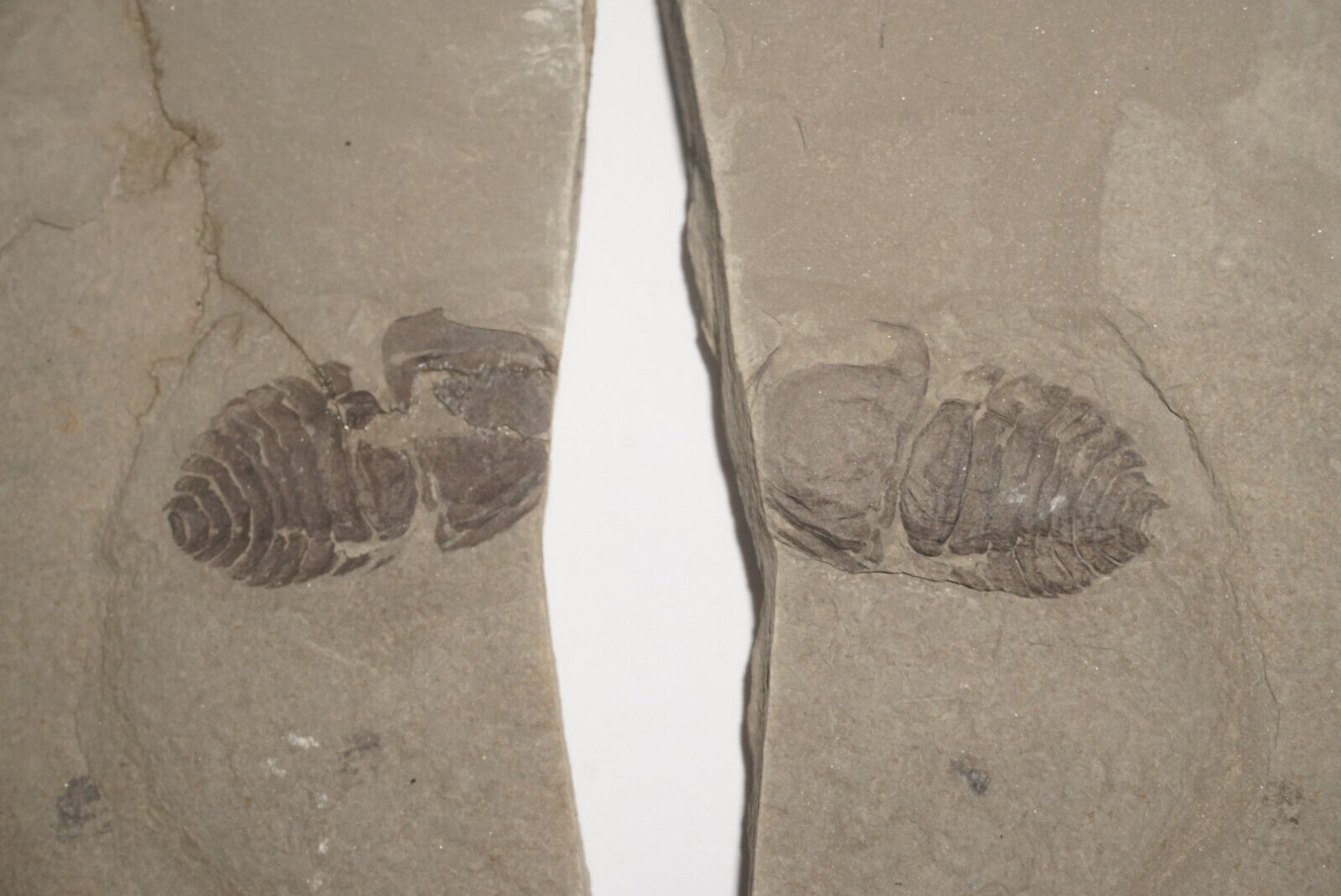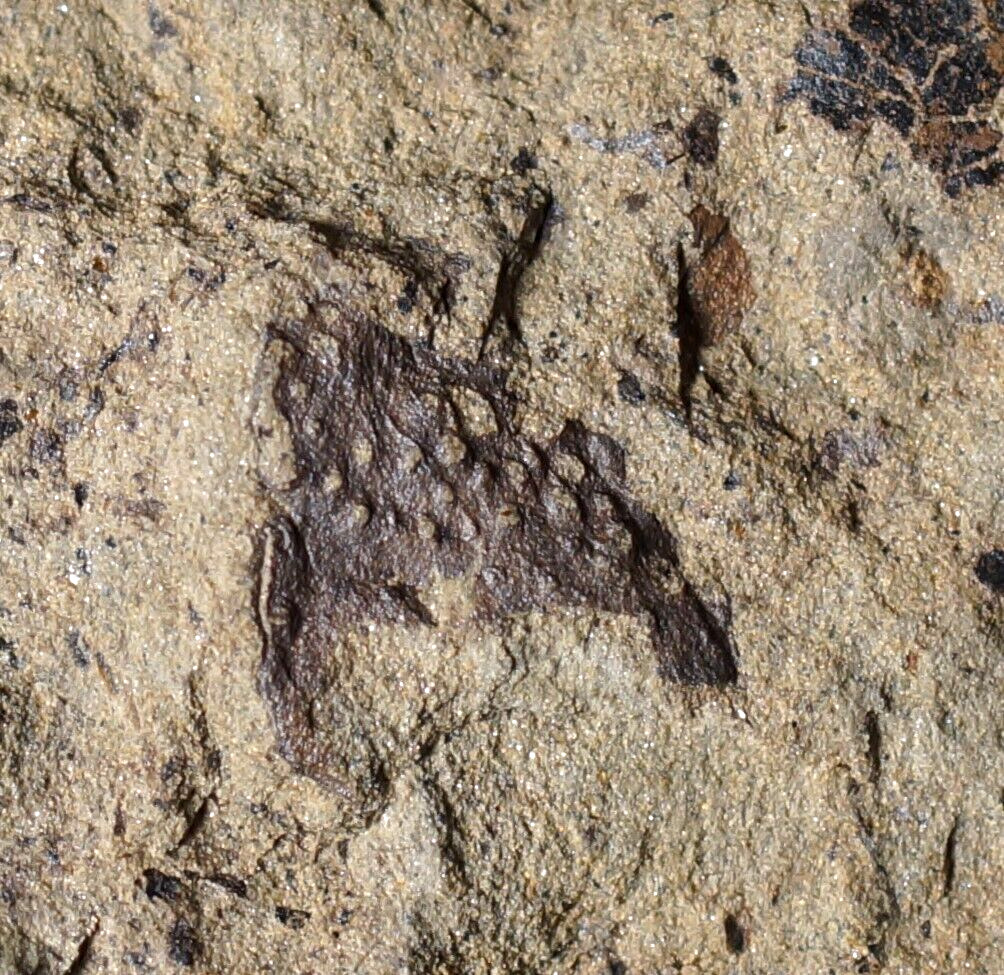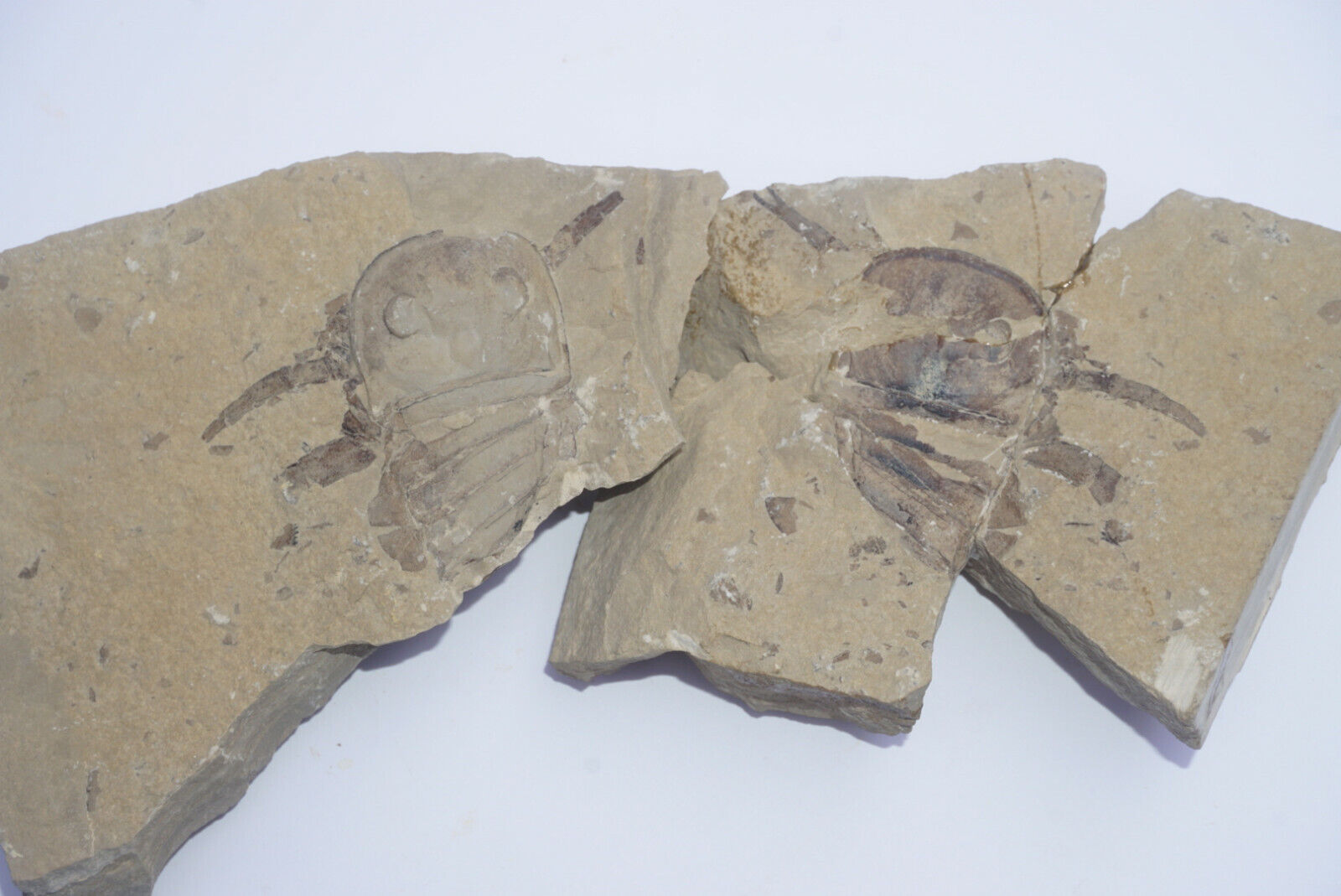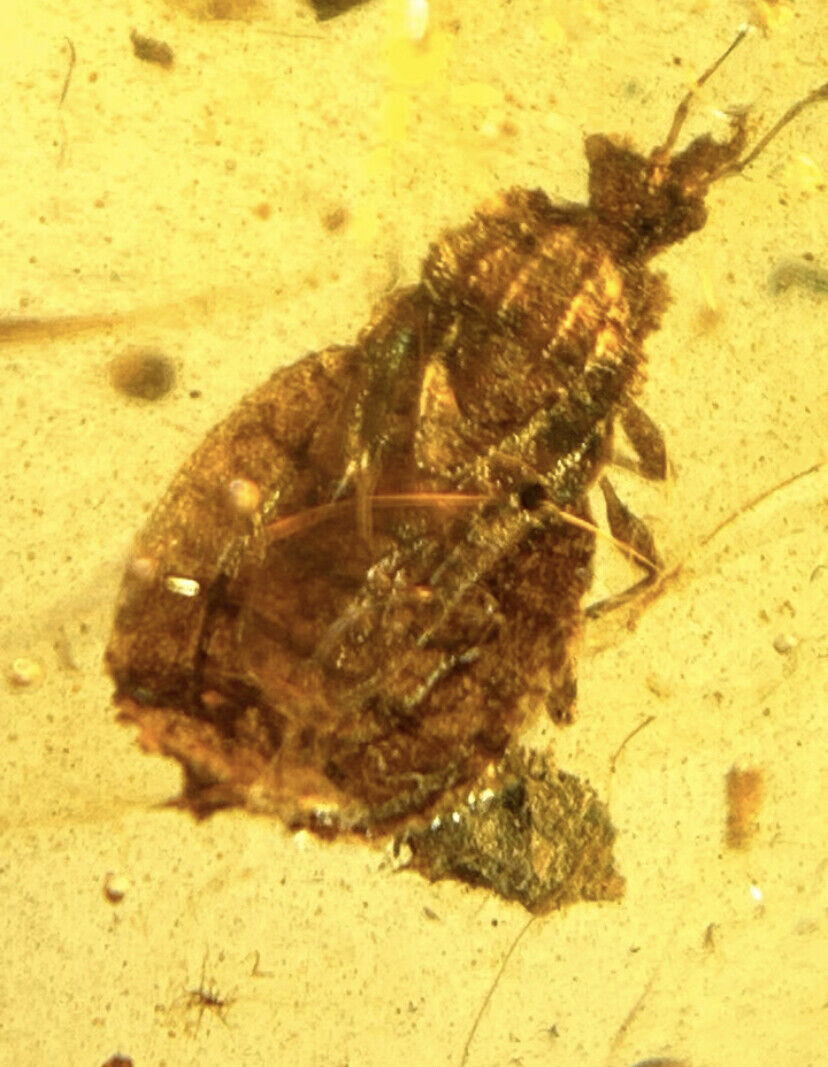-40%
Very rare museum fossil horseshoe crab preserved during moulting water plant !
$ 95.04
- Description
- Size Guide
Description
I combine shipping costs.Each item is different, so please wait with payment after purchase -
I will send You a combine invoice.
Usually, it will be cost of shipping the heaviest item.
Specimen:
Extremely rare, museum quality specimen with unknown species of european horseshoe crab (
without spines on
abdomen coat) preserved durning molting ( head and abdomen with long telson ), and unknown
water fossil plant on
plate ! Fossil preserved as positive !
Locality:
All detailed and accurate data will be provided with the specimen
Stratigraphy:
Upper Carboniferous,
Bashkirian
-
Namurian B,
Age:
ca. 320 Mya
Nodule size :
ca 13,0 x 8,0 x 2,5 cm
( white square on pictures is 1,0 x 1,0 cm)
Description:
Extremely rare , museum quality specimen - unknown species of european horseshoe crab
without spines preserved durning molting ( head and abdomen with long telson preserved on plate ), and unknown
water fossil plant on plate !
Horseshoe crabs resemble crustaceans, but belong to a separate subphylum, Chelicerata, and are closely related to eurypterids and arachnids. The earliest horseshoe crab fossils are found in strata from the late Ordovician period, roughly 450 Mya.
Horseshoe crabs are marine arthropods of the family Limulidae and order Xiphosura or Xiphosurida, that live primarily in and around shallow ocean waters on soft sandy or muddy bottoms. They occasionally come onto shore to mate. They are commonly used as bait and in fertilizer. In recent years, a decline in the population has occurred as a consequence of coastal habitat destruction in Japan and overharvesting along the east coast of North America. Tetrodotoxin may be present in the roe of species inhabiting the waters of Thailand.
Because of their origin 450 million years ago (Mya), horseshoe crabs are considered living fossils.



















